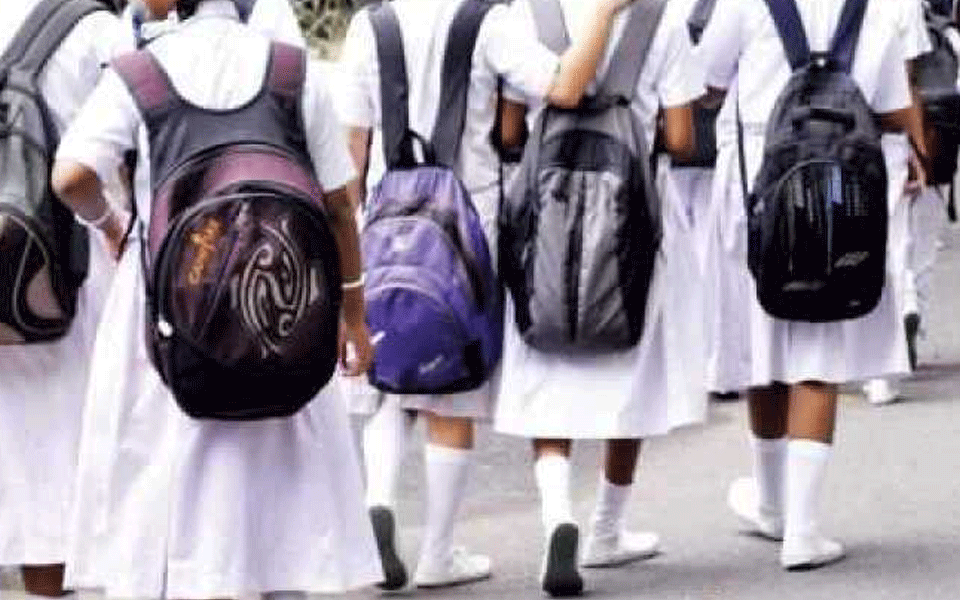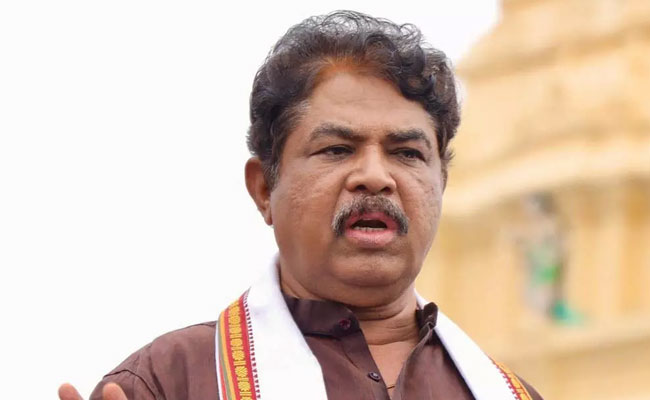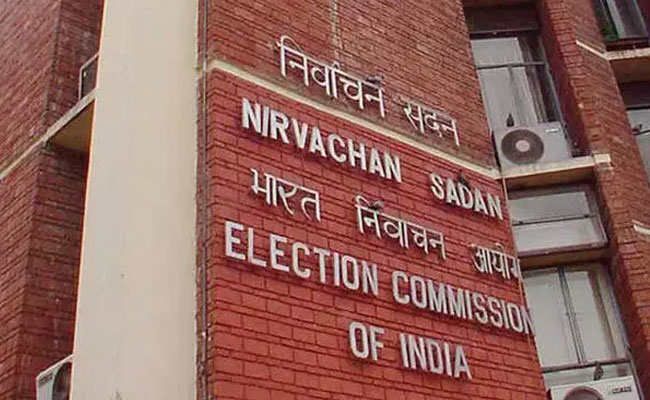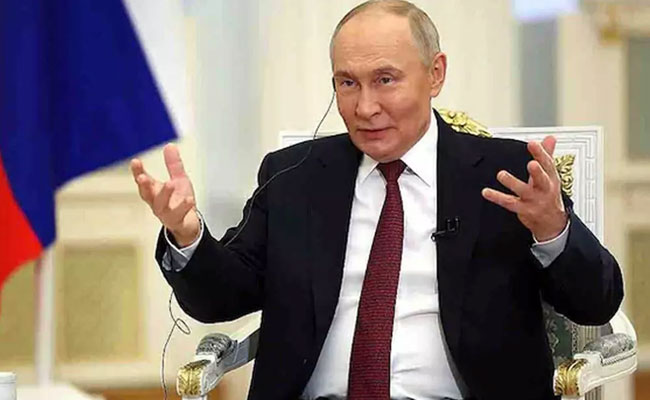Even as Karnataka is seeing a rapid increase in the number of coronavirus cases, the state government has taken a major step with respect to reopening of schools, the second major move after its announcement to conduct SSLC examinations. According to government sources, the state government has prepared a draft timetable to reopen schools in a phased manner from July 1. This decision has elicited widespread reactions, from those supporting and opposing the move. Experts, including those in the health sector, have not adopted a clear stance on this. By relaxing the restrictions on running malls, hotels, and public buses to operate, it is obvious that the state government is expecting the people to take onus on their health and take precautionary measures. It would be difficult, however, to expect the same sense of responsibility and awareness among school children to impose self-regulation and restrict their movements.
Initially, when the Corona virus had just entered the country and people hardly had any information or awareness about the virus, it was the government that created fear psychosis in the minds of the public. The government made the lives of the common man hell by imposing a complete lockdown when the number of those infected was in single digit. Today, when the number has increased manifold, the government has no choice but to relax the lockdown restrictions. It is possible that the restrictions would be completely relaxed in July, but it doesn’t mean that everything will be hunky dory thereafter. It only means increased responsibility on the people and society at large.
The government while allowing schools to reopen may ask them to take precautionary measures and follow a set of restrictions. But whether these restrictions can be implemented in schools is the moot point. The government’s move has created anxiety among a majority of parents. It’s difficult for parents to not send their children to school once it reopens. In this age of competition, parents won’t be prepared to put the future of their children in jeopardy. At the same time, they would be apprehensive about the health of their children as it will be difficult for them to completely trust the schools about protecting their children against the virus.
This move has also raised several pertinent questions. The state has imposed restrictions on the number of passengers in buses. Has it imposed or can it impose similar restrictions on schools to allow only a certain number of children? Many schools seat an average of five children on a single bench. In the background of Corona and social distancing, this number has to be reduced to about three children who can be seated on a bench. It doesn’t seem practical at this point to expect schools to be prepared to do so. Let’s assume that schools prepare to follow social distancing. What then happens if all children cannot be admitted to schools due to this factor? To comply with the regulations, private schools would then be forced to increase the fees and probably admit only those children who can pay donations. This could also lead to widespread corruption.
School transportation is another issue altogether which the government cannot claim ignorance of. Regardless of the laws of transportation, children are crammed into vans and transported to schools. Can schools ensure that only one child occupies a seat and doesn’t share his seat with others? Is it even practical to have such an expectation? As it is, transportation fee is a huge burden on parents. On the pretext of social distancing, if school vans reduce the number of students, parents would be forced to pay double the fee to school managements to accommodate their children.
Keeping aside all these issues, let’s look at the basic facilities in schools. There are many schools that don’t even provide proper toilets or drinking water facilities to children, both in urban and rural areas. The state of government schools in rural areas, especially, is pathetic and it would be beyond the capacity of such schools to provide masks or hand sanitizers to students . If parents choose not to send their children to such government schools, their children would be deprived of education.
We must also remember that the month of July is the beginning of the rainy season during which diseases such as malaria, dengue, and other diseases spread. In the midst of changing weather conditions and with the threat of Corona virus looming large, children falling sick would lead to anxiety among parents. And even if one child is infected with the Corona virus, it will have an impact on the entire school. In such a situation, the entire class to which the child belongs must be tested and quarantined. What would then be the impact of all this on children’s education? School education is not only about books; it includes play, sport, cultural events, and other creative activities and explorations that make it difficult for schools and children to adhere to social distancing.
The state government should therefore answer why the stringent measures imposed on malls, buses, supermarkets are not applicable to schools. If they are applicable to schools, the government should make it clear how it is going to address the issues listed above. It is alleged that the state government has taken the hasty decision to reopen schools buckling under pressure from institutions that have made education a commercial enterprise. These allegations cannot be dismissed as totally false. When the entire country could be shut down for a few months, what’s the worst that can happen if schools reopen a few months late? Given the challenges, it is inevitable for schools to remain shut for at least two months. Before permitting schools to reopen, the government should first confirm that schools have taken all precautionary measures and should not hesitate to act against schools that flout the norms. Until such time, the government should immediately withdraw any move to reopen schools on July 1st and take a decision only after consulting experts.
Let the Truth be known. If you read VB and like VB, please be a VB Supporter and Help us deliver the Truth to one and all.
Bengaluru (PTI): Targeting Chief Minister Siddaramaiah and the Congress government in Karnataka on corruption, BJP leader R Ashoka on Friday said, being foolish was forgivable, but being "shameless" in public life was not.
The Leader of Opposition in the state Assembly claimed that in just 30 months of its tenure, the Congress administration has broken every previous record on corruption-related controversies.
He was responding to Siddaramaiah's post on 'X' on Thursday hitting back at the BJP, stating that Upa Lokayukta Justice Veerappa's claims of "63 per cent corruption" were based on his report in November 2019, when BJP's B S Yediyurappa was the CM.
"But Ashoka, without understanding the Upa Lokayukta's statement properly, has ended up tying the BJP's own bells of sins onto our heads and has effectively shot himself in the foot," the CM had said, as he accused Ashoka of foolishness for trying to twist Veerappa's statement to target the current government.
Responding, Ashoka said, "it is one thing to be called foolish in politics, that can be forgiven."
"But in public life, especially in the Chief Minister's chair, one must never become shameless," Ashoka posted on 'X' on Friday addressing Siddaramaiah.
Noting that the CM himself had admitted on the floor of the Assembly that a Rs 87 crore scam took place in the Valmiki Development Corporation, he said that when a CM acknowledges such a massive irregularity inside the floor of the House, the natural expectation is immediate action and accountability.
"But instead of taking responsibility, you continue in office as if nothing has happened. What should the people of Karnataka call this, if not sheer shamelessness," he asked.
Pointing out that the CM's Economic Advisor and senior Congress MLA Basavaraja Rayareddy had publicly stated that under Congress rule, Karnataka has become No.1 in corruption, Ashoka said, "Yet, you still cling to the Chief Minister's chair without a moment of introspection. What should the people of Karnataka call this, if not sheer shamelessness."
Senior Congress MLA C R Patil had exposed the "money for House" racket in the Housing Department and even warned that the government would collapse if the details he has were made public, Ashoka said.
"Despite such serious allegations from within your own party (Congress), you neither initiated an inquiry nor acted against the concerned minister. What should the people of Karnataka call this, if not sheer shamelessness," Ashoka asked the CM.
Highlighting the "40 percent commission" allegation Congress made against the previous BJP government, the opposition leader said, the commission that the Siddaramaiah government appointed concluded that the accusation was baseless.
"After your own panel demolished your own claim, what moral right do you have to continue repeating that allegation. What should the people of Karnataka call this, if not sheer shamelessness," he asked.
For the last two and a half years, Karnataka has been 'drowning' in corruption, scandals, irregularities and allegations across departments. Ashoka said, "If I begin listing every case that emerged under your government, even 24 hours would not be enough."
"And the most tragic aspect of your administration is this: the unbearable pressure, corruption demands and administrative harassment under your government pushed several officers and contractors into extreme distress - including the suicide of Chandrasekharan which exposed the Valmiki Development Corporation scam - a sign of how deeply broken the system has become under your watch," he said.
Instead of fixing this hopeless environment, the government has tried to bury every complaint and silence every voice, he charged.
"Being foolish is forgivable, but being shameless in public life is definitely not."
"When your own ministers admit scams, when your own advisors certify Karnataka as No.1 in corruption, and when your own MLAs expose rackets inside your departments - clinging to power without accountability is not leadership. It is shamelessness in its purest form." PTI KSU
Earlier on Thursday Ashoka had demanded that the corruption case and allegations in the state against the Congress government be handed over to a CBI investigation, citing a reported statement by Upalokaykta Justice Veerappa alleging "63 per cent corruption", following which Siddaramaiah hit back at the BJP leader.





